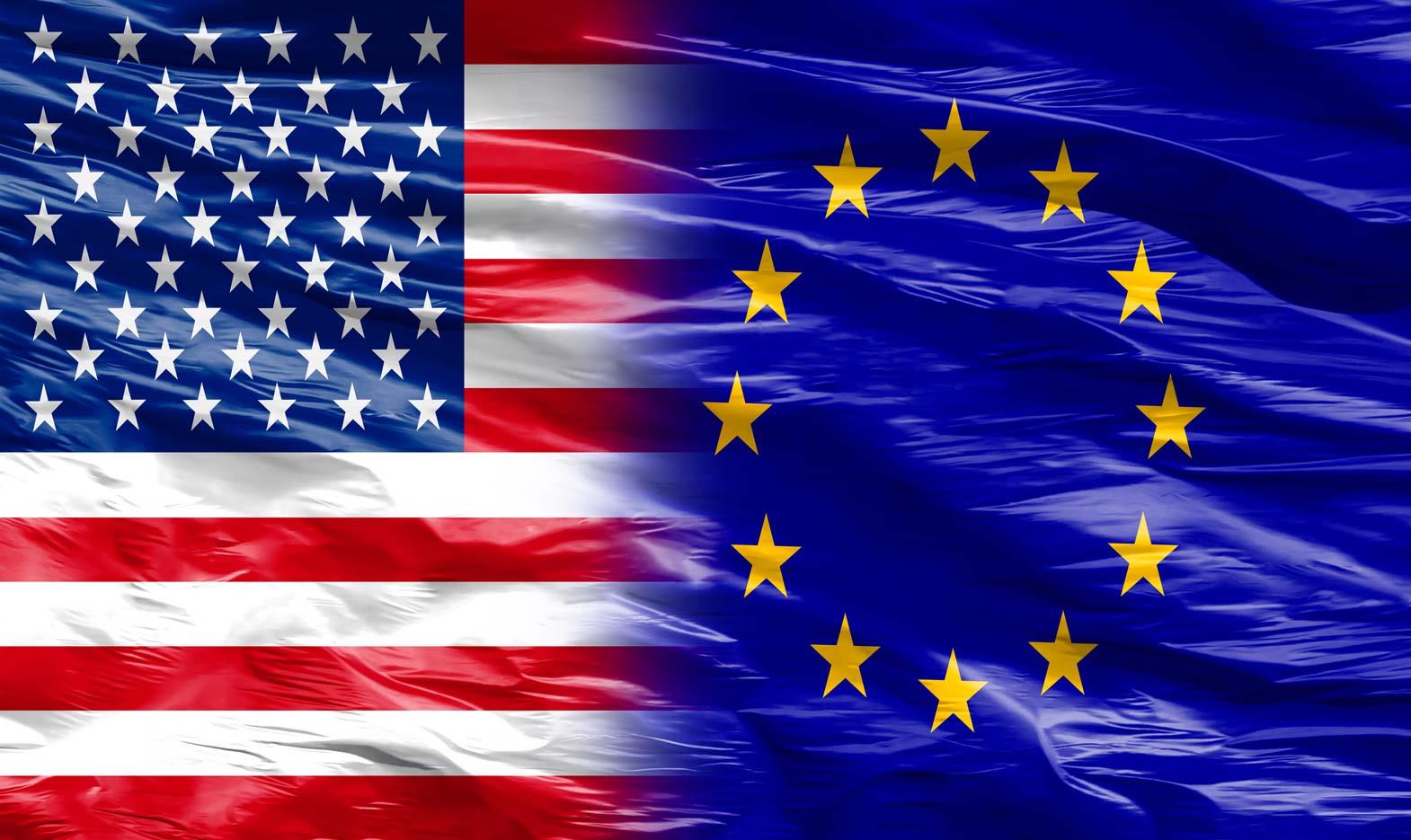The United States-European Union High Level Working Group on Jobs and Growth has released an interim report endorsing the beginning of negotiations for a potentially broad trade agreement. The three-page document describes general goals and what policy measures could be agreed upon to reach those goals. It outlines seven trade-related areas on which the United States and the European Union could "envision pursuing a comprehensive agreement."
The High Level Working Group was established after a U.S.-EU summit meeting on 28 November 2011. Its co-chairs are U.S. Trade Representative Ron Kirk and EU Trade Commissioner Karel De Gucht. The stated objective of the group is to "identify policies and measures to increase trade and investment to support mutually beneficial job creation, economic growth, and competitiveness" in both the United States and the European Union. In the report, the Group concludes that the best way to achieve these objectives is to negotiate a comprehensive trade agreement. Both parties have expressed a desire to complete the negotiations quickly, with De Gucht hoping to wrap up the talks within 18 months.
Specifically, the report details seven categories that a potential agreement would include: tariffs, non-tariff barriers, and regulatory issues, services, investment, procurement, intellectual property rights, and rules.
The first stated objective of a potential agreement would be to eliminate all tariffs on bilateral trade. The report notes that the goal would be for quick phase-outs of all duties except those on goods from particularly sensitive sectors. The language of the report leaves some flexibility for treatment of the most sensitive products.
In terms of services, the report only expresses a vague goal of addressing "remaining long-standing market access barriers." The report also notes a desire to achieve the "highest levels of liberalisation" in investment but offers little in the way of details. Another goal is to improve market access for businesses interested in selling to governments, and the report reveals that the two parties are interested in reconciling national treatment disagreements in government contract bidding. While the report lists increased IPR protection as an area where both the U.S. and the EU are interested in reaching a broad agreement, it does not lay out any concrete plans or goals. The Working Group admits that while both parties value IPR protection they take markedly different approaches to IPR obligations in trade agreements. The co-chairs committed only to co-operate extensively with the current negotiations on the part of the Transatlantic IPR Working Group.
Finally, the report lists various other trade-related rules that might be
agreed upon in the areas of trade facilitation/customs, competition and
state-owned enterprises, labour and environment, small- and medium-sized
enterprises, strengthening supply chains, and raw materials and energy.
Despite this enthusiasm, there are some areas that will surely cause difficulty
in the negotiations. For example, EU regulations currently restrict market
access for U.S. genetically-modified organisms and other agricultural products,
such as soybeans. In addition, the U.S. Occupational Safety and Health
Administration refuse to allow European product testing to satisfy U.S. standards.
This article was originally published in the Stitch Times magazine, September, 2012.







Comments